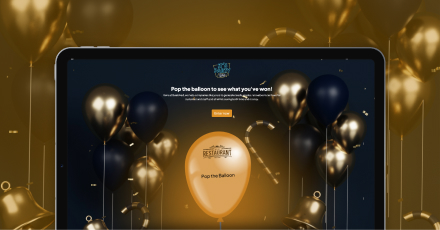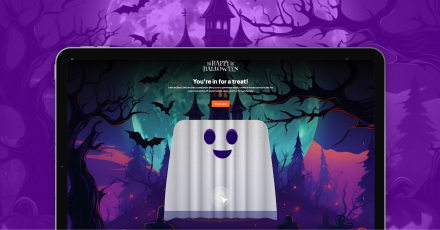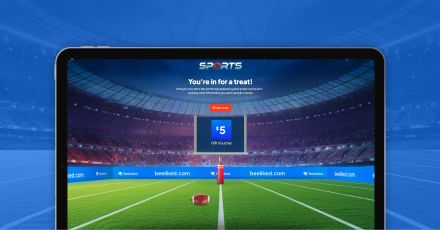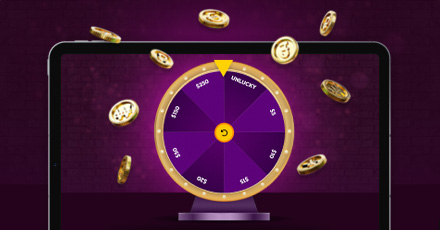If you’re looking for ways to enhance your team’s productivity and motivation, gamifying your employee rewards program is a highly effective strategy. Whether you’re running a large corporation or a small startup, it’s vital to recognize and appreciate your team’s hard work to keep them motivated and productive. A gamified rewards program can foster a work environment where employees feel valued, connected, and enthusiastic about giving their best. Recognizing individual and group accomplishments through gamified incentives can boost morale, increase productivity, and enhance job satisfaction.
Why are so many organizations adopting this strategy? The benefits of corporate gamification are manifold, ranging from improved performance to increased team creativity. However, implementing gamification into your business operations can seem daunting despite its advantages. That’s why we’ve created this guide to simplify the process, offering a step-by-step roadmap to integrate gamification into corporate culture effectively. From defining basic concepts to exploring advanced implementation strategies, this guide provides valuable insights and practical steps to harness the power of corporate gamification to create a more positive and constructive corporate culture.
Understanding Corporate Gamification

Gamification transforms the workplace, increases employee engagement, and streams learning processes. With an expected annual growth rate of 7.67% through 2027, more businesses recognize the value of integrating gamification into their business operations, particularly within training programs. It’s important to note that gamification isn’t about transforming work tasks into games but rather using game elements to create a rewarding experience.
Motivating employees through rewards and rankings is a common practice for companies. However, with the digitalization of company processes and the growing popularity of e-learning, gamification has become more widespread and applicable across various industries.
The Significance of Corporate Culture

Smart leaders understand that organizational culture is crucial to success. Described as the soul of a company, corporate culture significantly influences whether a business thrives or fails. Unfortunately, the importance of culture often goes unnoticed until negative behaviors make headlines, exposing environments that allow or even encourage detrimental actions. A toxic work culture harms the employees and the company’s reputation.
Despite these challenges, a positive company culture offers substantial benefits and a competitive edge. A healthy environment, where trust and value are emphasized, increases employee engagement. This engagement is directly linked to organizational success, evidenced by several key statistics:
- Employee Retention: Studies show that strong organizational cultures keep top talent, with a retention increase of up to 23%.
- Reduced Turnover: Companies that actively recognize and appreciate their employees can see turnover rates drop by as much as 31%.
- Boosted Productivity: Engaged and satisfied employees can increase productivity by up to 12%.
- Attractiveness to Job Seekers: Approximately 88% of job candidates consider a robust company culture crucial when applying for a job.
By fostering a healthy corporate culture, companies can avoid the pitfalls of toxicity and also cultivate a more dedicated, productive, and stable workforce.
How to Integrate Gamification Into Your Corporate Culture
Step 1: Define Your Objectives
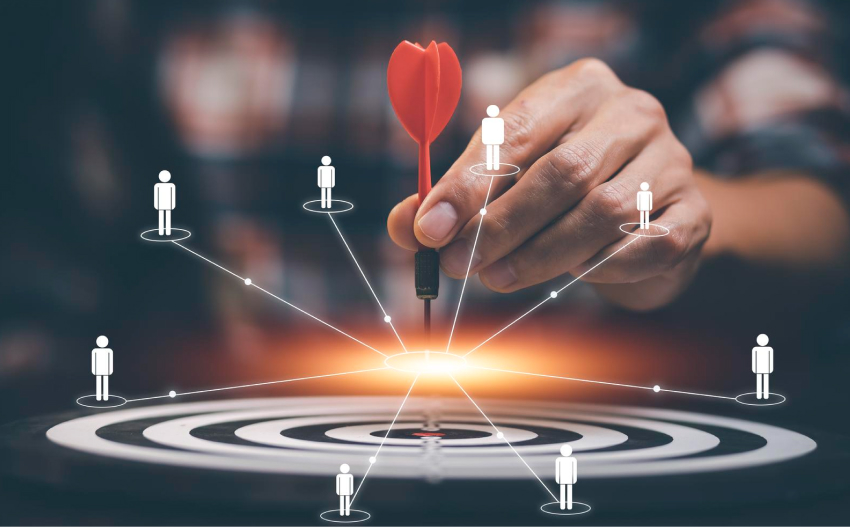
Clear objectives are critical when implementing corporate gamification strategies. Decide what you want to achieve. Are you looking to boost productivity? Enhance employee engagement? Increase sales or improve customer service metrics? Specific goals will guide the design of your gamification system and help you measure its effectiveness later on. Ensure these goals are SMART: Specific, Measurable, Achievable, Relevant, and Time-bound.
Step 2: Choose Appropriate Gamification Techniques

Once your goals are set, choose the gamification techniques that best fit your objectives. BeeLiked offers a range of gamification solutions that allow the following:
- Challenges: Create interactive and engaging challenges for employees to complete, which can be tied to rewards or recognition. Challenges can be designed to promote teamwork, problem-solving, and creativity.
- Progress Tracking: Stay up to date on how your employees are performing. You can track your employees’ progress easily with our interactive solutions for employee engagement that measure interactions.
- Rewards: Offer rewards to employees for completing tasks or achieving goals. Rewards can be tied to specific achievements or milestones and can include tangible items, such as gift cards or merchandise, or intangible rewards, such as recognition or praise. Creating a culture of rewards or recognition is essential for improving retention rates.
These techniques should be customized to suit your business needs and team preferences. BeeLiked offers fully customizable interactive solutions that can help businesses engage their employees meaningfully.
Step 3: Develop the Gamification Framework
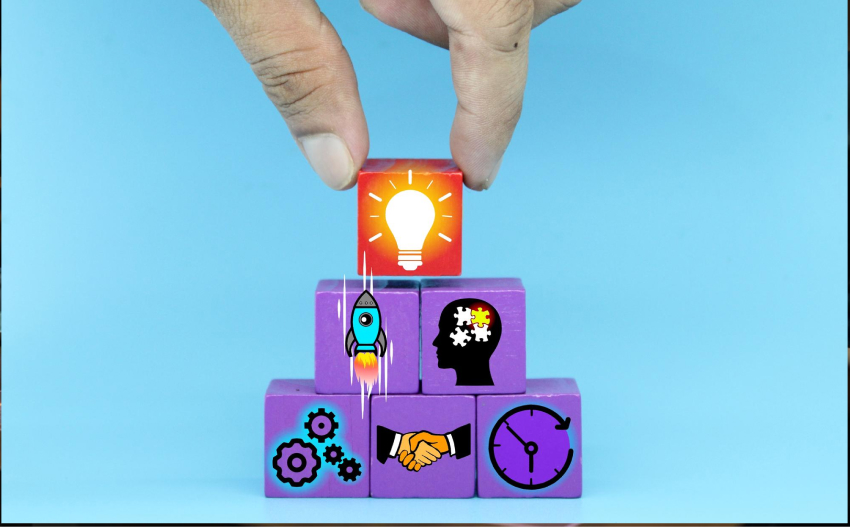
This is where you create the game’s or challenge’s rules, and determine the reward system. The framework should be transparent and straightforward, allowing employees to understand how they can progress and earn rewards easily. It’s also essential to integrate this framework seamlessly into daily workflows so that gamification becomes a natural part of the work process rather than an added burden.
Step 4: Communicate and Launch

Effective communication is key when introducing new systems, especially something as dynamic as gamification. Explain the benefits, how it works, and the expectations for each team member. Ensure that all employees have the necessary tools and knowledge to participate. Launching with a pilot program or a soft launch can help identify any potential issues before a full-scale rollout.
Step 5: Monitor and Adjust
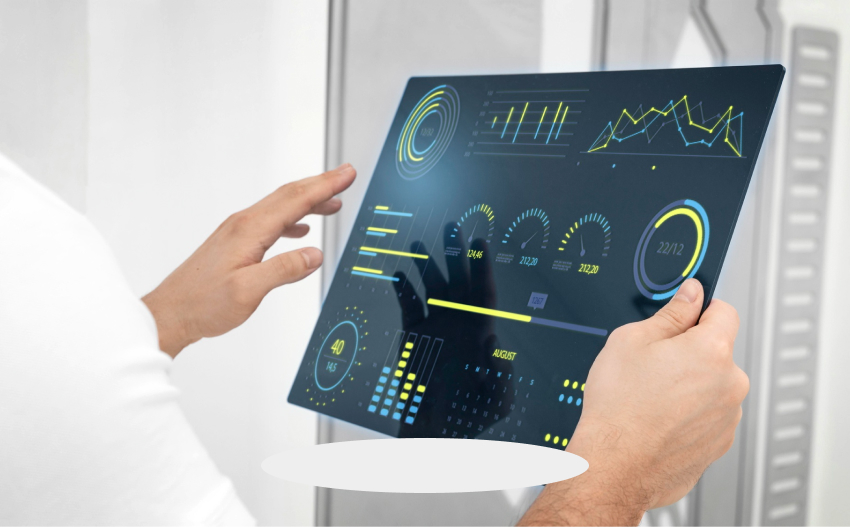
After the launch, closely monitor the effectiveness of your corporate gamification strategy. Are your employees more engaged? Is there an improvement in productivity or the specific metrics you aimed to enhance? Use the data gathered to tweak and adjust your strategy. Remember, gamification is a flexible strategy, and the techniques that work for one team or department might not work for another.
Step 6: Collect Feedback
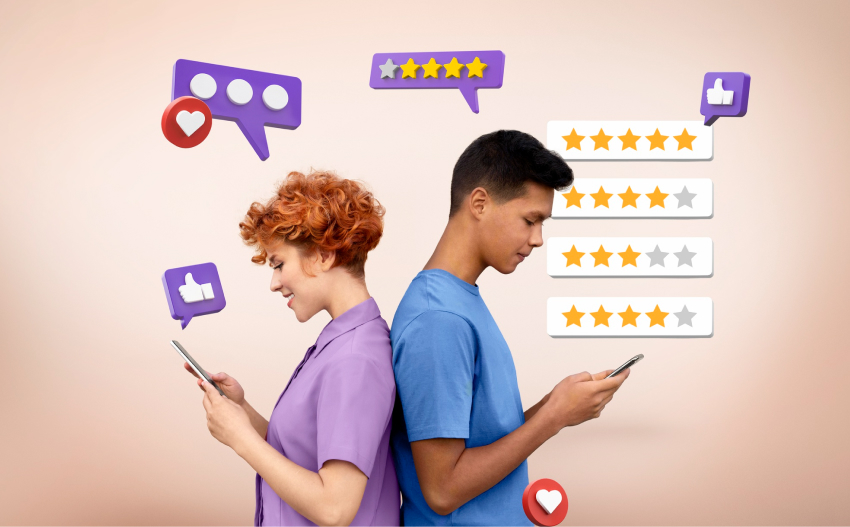
Employee feedback is crucial in refining and improving your corporate gamification efforts. Engage with your team regularly to gather their insights and suggestions on how the system is working and what could be improved. This helps to fine-tune the system and makes employees feel valued and involved in the process.
The Role of Technology in Gamification
The success of gamification hinges significantly on the technology used to implement it. The right technology should facilitate creating, managing, and scaling gamification strategies throughout an organization. These solutions integrate game mechanics into existing systems and workflows seamlessly, ensuring daily operations are not disrupted. Moreover, they should provide real-time tracking and analytics, which are indispensable for evaluating the impact of gamification on corporate culture, employee engagement, and productivity. This is achievable with BeeLiked’s user-friendly software that ensures companies can implement gamification efficiently and effectively, working with its current systems. A dedicated platform such as BeeLiked can help streamline processes, making it easier for businesses to deploy, manage, and benefit from corporate gamification.
Ready, Set, Play!
Integrating gamification into your corporate culture doesn’t have to be a daunting endeavor. Thanks to BeeLiked, businesses can seamlessly implement gamification techniques to engage their employees and improve their organizational culture. We hope this step-by-step guide has provided valuable insights into implementing corporate gamification. Start your gamification journey today with BeeLiked and see how easy it is to get started with gamification.
